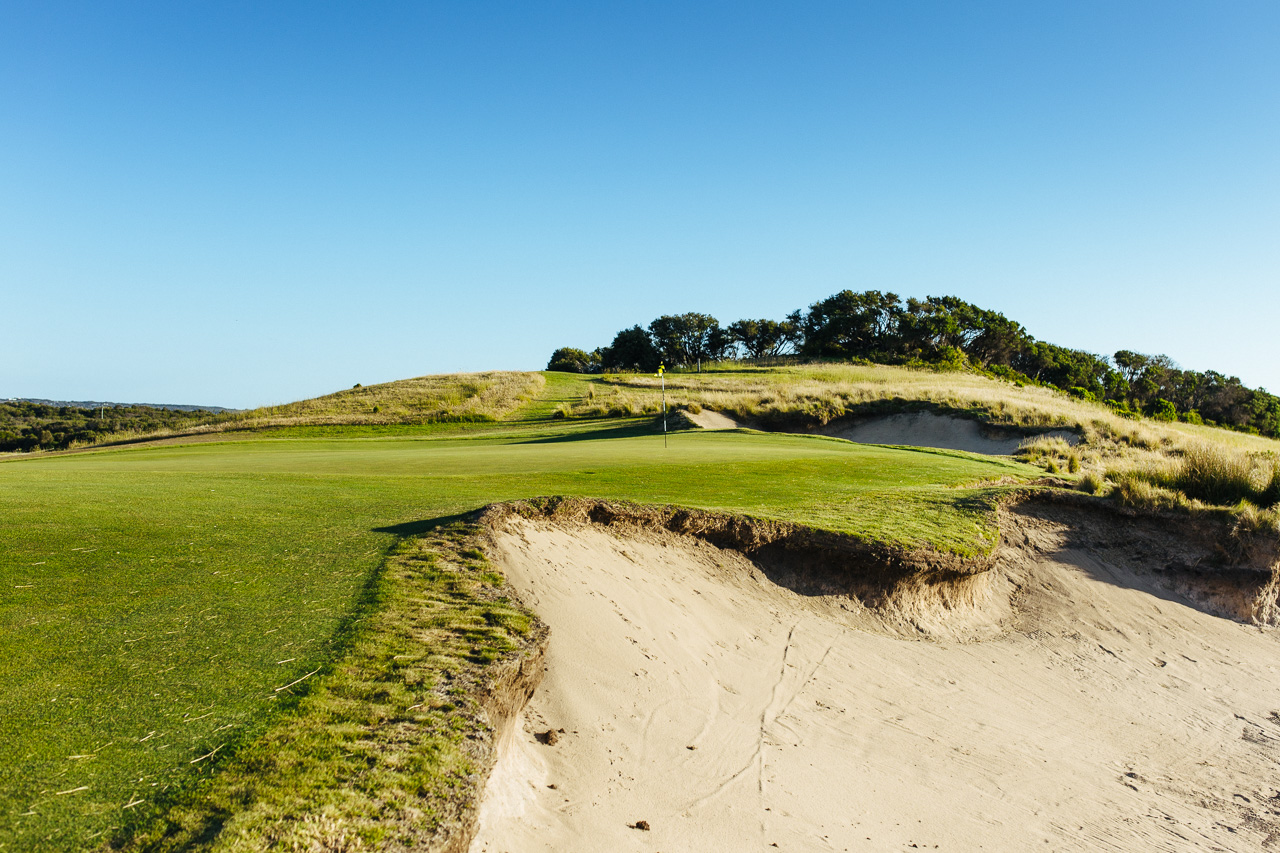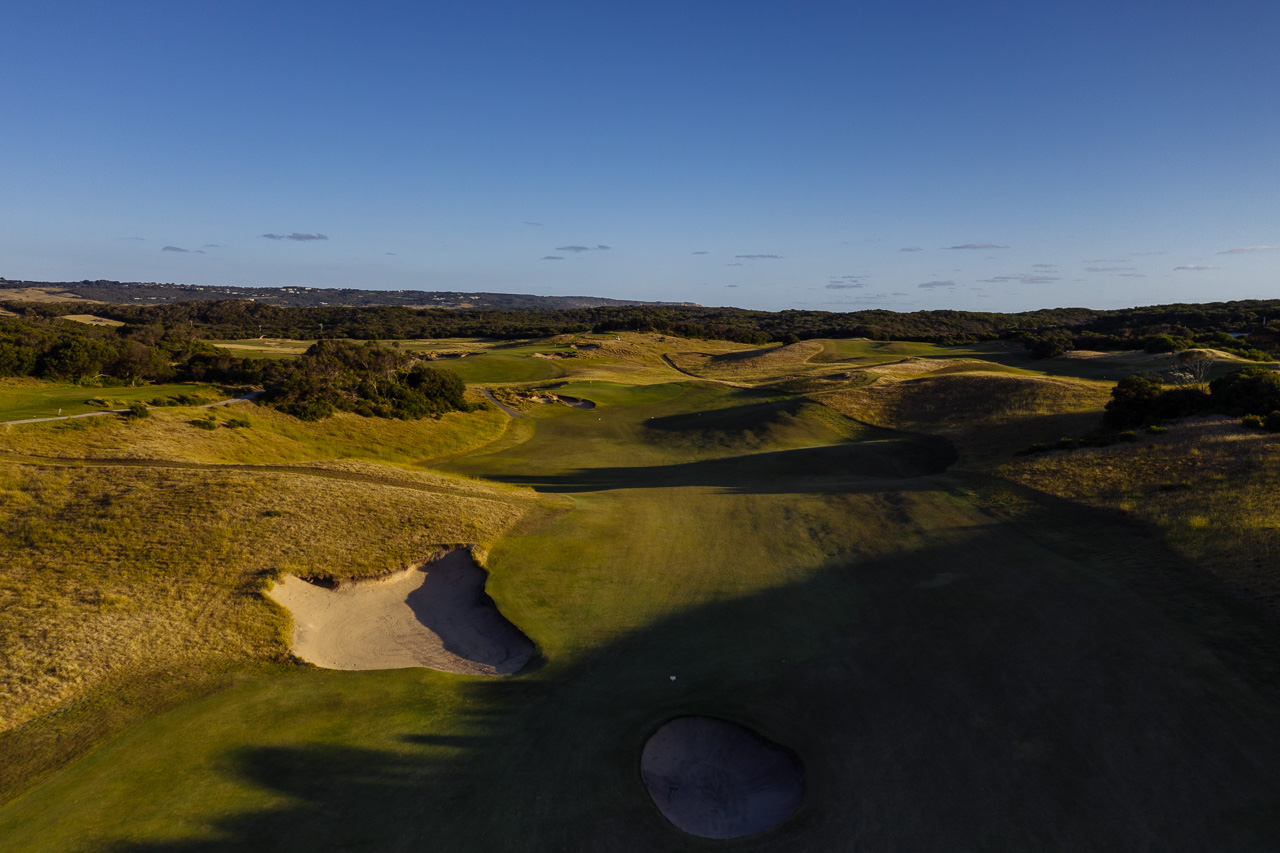St Andrews Beach
Hole-by-hole Gunnamatta Course Guide
St Andrews Beach is nestled along the south-western coast of Melbourne’s Mornington Peninsula, near the thundering surf of Gunnamatta Beach and Bass Strait. Designed by world-renowned course architect, Tom Doak (Barnbougle Dunes, Cape Kidnappers, Tara Iti, et al.), the St Andrews Beach Gunnamatta Course weaves across a spectacular stretch of land evoking the famous links courses of the UK and Ireland, with a quality on par with the courses of the nearby Melbourne Sandbelt.
This classic 18-hole links-style members’ course debuted as the 9th best nationwide in 2006. Since opening for public access play in 2009, we’ve maintained our position as the number one public access course on the Australian mainland.



























































































